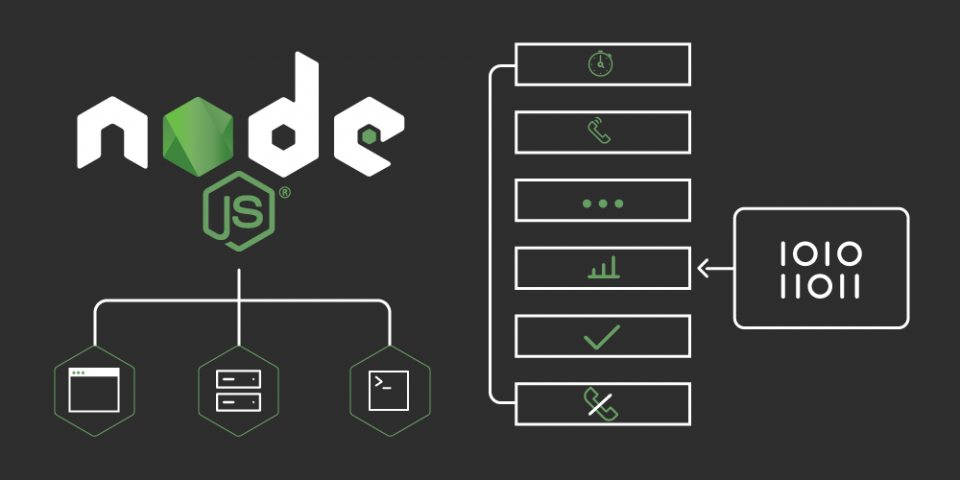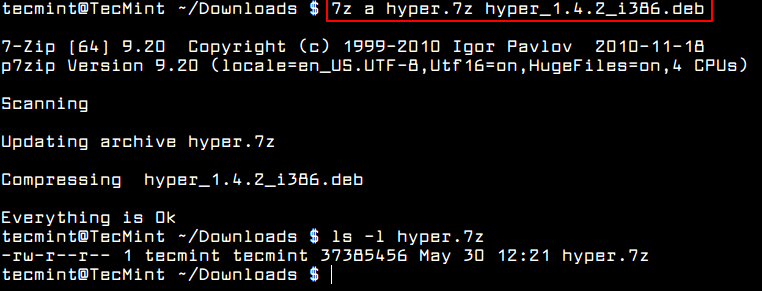

$ sudo sh -c "cat $HOME/.ssh/authorized_keys > ~ myappuser/.ssh/authorized_keys" $ sudo chown -R myappuser: ~ myappuser/.ssh We also ensure that that user has your SSH key installed: $ sudo mkdir -p ~ myappuser/.ssh But for demonstration purposes, this tutorial names the user account myappuser. You should give the user account the same name as your app. Passenger will automatically run your app under this user account as part of its user account sandboxing feature. For security reasons, it is a good idea to run each app under its own user account, in order to limit the damage that security vulnerabilities in the app can do. Now that you have logged in, you should create an operating system user account for your app. You can find more details about current version on node.js official website.Starting from this point, unless stated otherwise, all commands that we instruct you to run should be run on the server, not on your local computer! yum install nodejsĪfter installing node.js verify and check the installed version. This command will also install many other dependent packages on your system.

You also need development tools to build native add-ons to be installed on your system.įor Latest Release:- yum install -y gcc-c++ makeįor Stable Release:- yum install -y gcc-c++ makeĪfter adding a yum repository in your system lets install Node.js package.

Step 1 – Add Node.js Yum Repositoryįirst of all, You need to enable node.js yum repository in your system provided by the Node.js official website. Use this tutorial to add yum repository and install Latest Nodejs to CentOS/RHEL 7 systems with the simple commands. Latest version node.js yum repository is maintaining by its official website.

Node.js is a platform built on Chrome’s JavaScript runtime for easily building fast, scalable network applications.


 0 kommentar(er)
0 kommentar(er)
